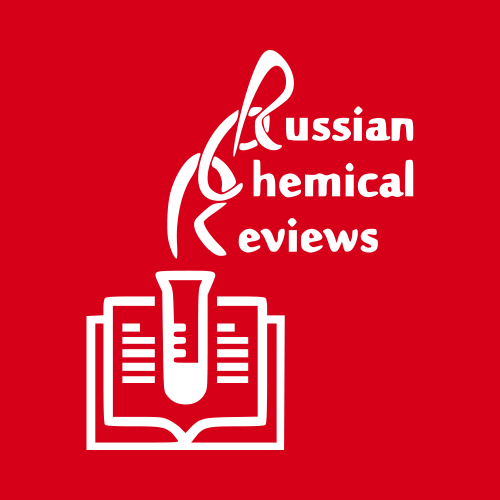Mechanical behaviour of the post processed 3D printed PLA parts using polar and non-polar solvents
Publication type: Journal Article
Publication date: 2023-07-18
scimago Q2
wos Q2
SJR: 0.658
CiteScore: 6.7
Impact factor: 4.0
ISSN: 01700839, 14362449
Materials Chemistry
General Chemistry
Condensed Matter Physics
Polymers and Plastics
Abstract
FDM, being the most popular AM technology, has a wide user base across the globe. The process makes use of a layer-by-layer approach, causing a staircase effect on the material’s printed surface. Though it affects several mechanical properties, its effect on surface integrity is highly detrimental and needs to be addressed. Chemical vapour dip and immersion techniques can provide a rapid solution using solvents. The solvents employed in the current study were the polar solvents- acetone and ethyl acetate, the mid-polar solvent- tetrahydrofuran (THF), and the non-polar solvents- chloroform and dichloromethane (DCM). The superior surface finish obtained during the post processing of 3D printed parts was having mean roughness value (Ra) of 0.67 µm, originally 11.42 µm. It was obtained when experimentation was carried out with the chemical vapour technique using THF. The optimum surface finish was readily achieved with mid- and non-polar solvents, whereas the polar solvents were slow to react with the surface of the PLA. A number of variables, including the solvent's polarity, boiling point, vapour pressure, and water miscibility, have an impact on the final surface's appearance and strength. During vapour treatment, the tensile strength of the 3D printed parts got reduced between 11.6% (THF) to 43.78% (DCM). On the other hand, the chemical immersion technique has a even more impact on the material’s strength and hardness. It reduces hardness to the maximum of 44.41% (THF), whereas the vapour evaporation technique reduces hardness by only up to 14.64% (chloroform).
Found
Nothing found, try to update filter.
Found
Nothing found, try to update filter.
Top-30
Journals
|
1
|
|
|
Arabian Journal for Science and Engineering
1 publication, 11.11%
|
|
|
Materials Today Communications
1 publication, 11.11%
|
|
|
Russian Chemical Reviews
1 publication, 11.11%
|
|
|
Polymer Engineering and Science
1 publication, 11.11%
|
|
|
Proceedings of the Institution of Mechanical Engineers, Part E: Journal of Process Mechanical Engineering
1 publication, 11.11%
|
|
|
Progress in Rubber, Plastics and Recycling Technology
1 publication, 11.11%
|
|
|
Journal of Reinforced Plastics and Composites
1 publication, 11.11%
|
|
|
Journal of Dental Sciences
1 publication, 11.11%
|
|
|
Journal of Materials Chemistry B
1 publication, 11.11%
|
|
|
1
|
Publishers
|
1
2
3
|
|
|
SAGE
3 publications, 33.33%
|
|
|
Elsevier
2 publications, 22.22%
|
|
|
Springer Nature
1 publication, 11.11%
|
|
|
Autonomous Non-profit Organization Editorial Board of the journal Uspekhi Khimii
1 publication, 11.11%
|
|
|
Wiley
1 publication, 11.11%
|
|
|
Royal Society of Chemistry (RSC)
1 publication, 11.11%
|
|
|
1
2
3
|
- We do not take into account publications without a DOI.
- Statistics recalculated weekly.
Are you a researcher?
Create a profile to get free access to personal recommendations for colleagues and new articles.
Metrics
9
Total citations:
9
Citations from 2024:
9
(100%)
Cite this
GOST |
RIS |
BibTex
Cite this
GOST
Copy
Nagarjun J., Arumugam H., Selvaraj A. D. A. Mechanical behaviour of the post processed 3D printed PLA parts using polar and non-polar solvents // Polymer Bulletin. 2023.
GOST all authors (up to 50)
Copy
Nagarjun J., Arumugam H., Selvaraj A. D. A. Mechanical behaviour of the post processed 3D printed PLA parts using polar and non-polar solvents // Polymer Bulletin. 2023.
Cite this
RIS
Copy
TY - JOUR
DO - 10.1007/s00289-023-04900-8
UR - https://doi.org/10.1007/s00289-023-04900-8
TI - Mechanical behaviour of the post processed 3D printed PLA parts using polar and non-polar solvents
T2 - Polymer Bulletin
AU - Nagarjun, J
AU - Arumugam, Hariharan
AU - Selvaraj, Anto Dilip Albert
PY - 2023
DA - 2023/07/18
PB - Springer Nature
SN - 0170-0839
SN - 1436-2449
ER -
Cite this
BibTex (up to 50 authors)
Copy
@article{2023_Nagarjun,
author = {J Nagarjun and Hariharan Arumugam and Anto Dilip Albert Selvaraj},
title = {Mechanical behaviour of the post processed 3D printed PLA parts using polar and non-polar solvents},
journal = {Polymer Bulletin},
year = {2023},
publisher = {Springer Nature},
month = {jul},
url = {https://doi.org/10.1007/s00289-023-04900-8},
doi = {10.1007/s00289-023-04900-8}
}







